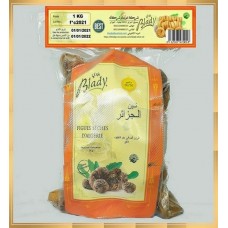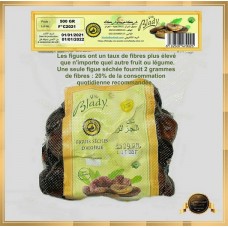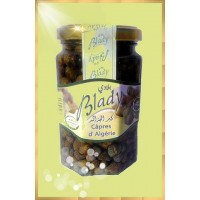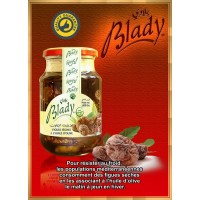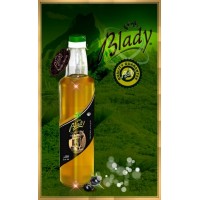Dried Fig

Like the olive, the fig is Mediterranean, fleshy and full of sun.
The fig has great nutritional and energy value. It is useful for the
elderly as well as for children, childbirths and athletes. It has laxative and
emollient properties and promotes intestinal transit.
The fig is especially widely used for its medicinal virtues in
treatments against pulmonary diseases, coughs, states of anorexia, blood
circulation disorders, hemorrhoids, varicose veins; urinary tract problems,
asthma, irritation of the windpipe and throat, and lowers the level of acidity
in the digestive tract. To resist the cold, Mediterranean populations consume
dried figs in combination with olive oil in the morning on an empty stomach in
winter.
Dried figs come in different forms. They are stretched (figs pulled) or
have an elongated shape (figs protoben), or are flattened and arranged in
columns (figs lerida), or they are separated from the tail (figs layer). All
are whitish. It is generally a natural aspect: it is the sugar that rises to
the surface of the dried fig.
Nutritional
value of dried fig (100g)
- Calories (kcal) -249 * Fiber (g) -10 * Fat (g) -1 * Protein (g) -3 * Sugar (g) -48 Vitamin A (IU) -10 * Vitamin C (mg) -1.2 * Vitamin B1-0.1 * Vitamin B2-0.1 Vitamin B6-0.1 * Sodium-10 * Potassium-680 * Calcium-162 * Phosphorus-67 Magnesium-68 * Iron-3.07 * Manganese-0.8 * Copper-0.3 * Selenium-0.6 * Zinc-0.
Refine Search
Dried Fig Extra
Nutritional value of dried fig (100g)Calories (kcal) -249 * Fiber (g) -10 * Fat (g) -1 * Protein (g)..
1,200DZD Ex Tax: 1,200DZD
Dried Fig Std
Nutritional value of dried fig(100g)Calories (kcal) -249 * Fiber (g) -10 * Fat (g) -1 * Protein (g) ..
1,190DZD Ex Tax: 1,000DZD
Dried Figs Supra
Nutritional value of dried fig(100g) Calories (kcal) -249 * Fiber (g) -10 * Fat (g) -1 * Pr..
1,200DZD Ex Tax: 1,200DZD
Dried Fig Extra
Nutritional value of dried fig(100g)Calories (kcal) -249 * Fiber (g) -10 * Fat (g) -1 * Protein (g) ..
500DZD Ex Tax: 500DZD


















